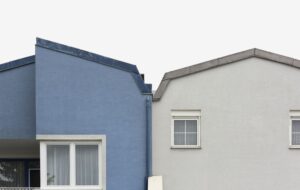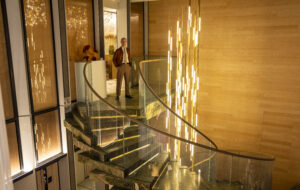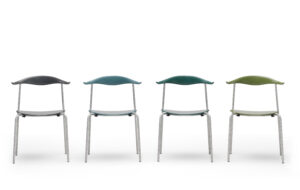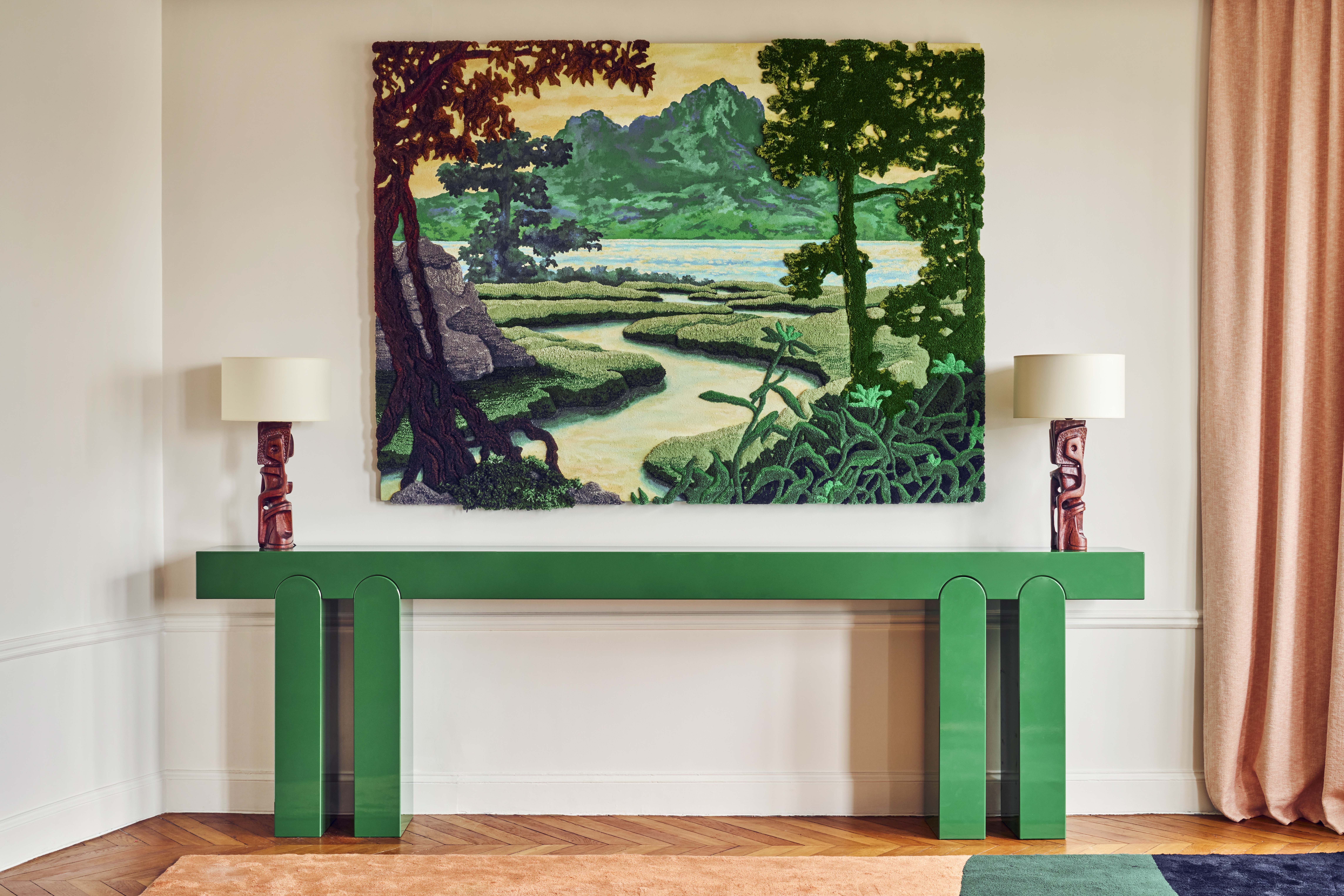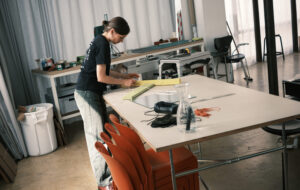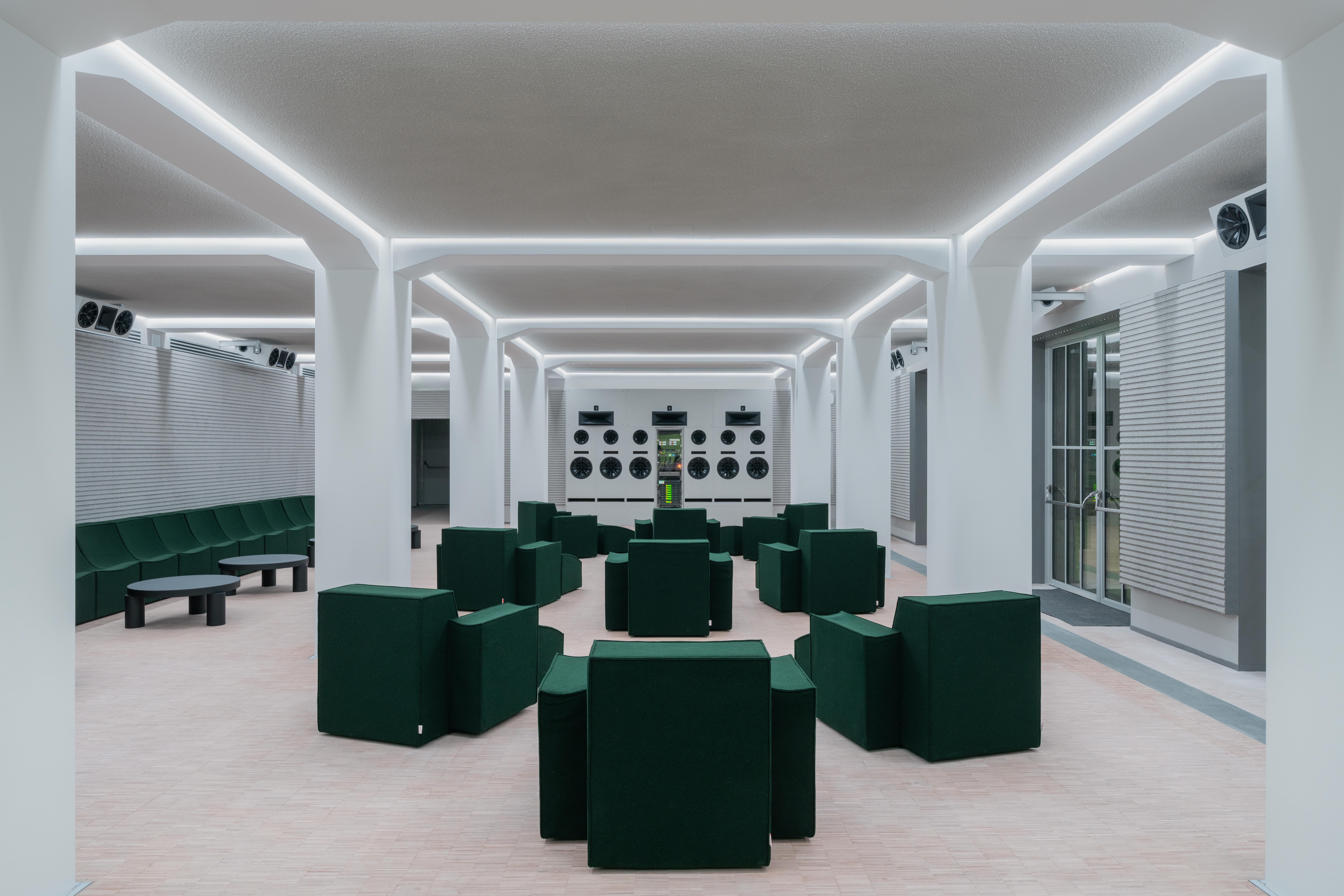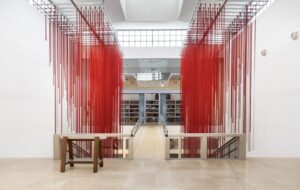

words Marcus Fairs
Looks like you might have to throw away all that lovely new office furniture: wireless technology is about to make it all redundant.
That was the feeling you got from walking around this year’s Spectrum contract interiors show, held at the Commonwealth Galleries in London last month. Not because the stands were packed with wireless-friendly systems – they weren’t – but because, watching visitors networking in the café, at the bar or even on the stairs, you realise that desks aren’t really where people do most of their work.
The implications for the office environment are profound. “Technology has to be enabling,” says Simon Bolton, product design course director at Central St Martins college. “It has to allow you to do what you want to do, where you want to do it. Wireless allows that.”
Wireless – also known as Wi-Fi – is the latest emerging technology but unlike previous overhyped gizmos that promised everything but delivered nothing but frustration (remember WAP?) wireless works. You can wander around with your laptop or PDA, moving from your desk to the meeting room to the kitchen, accessing the network and sending emails as you go. Outside the office, public places such as airports, hotels and coffee shops are rapidly installing wireless hot-spots so you can work just about anywhere you want to. Domestic systems can be set up for just a couple of hundred pounds, meaning that you don’t have to go to work at all. You don’t need to carry a caseful of wires and adaptors with you, and you don’t need a degree in IT to use it.
Even technophiles have been surprised at the speed of wireless take-up. The big joke in America right now is that Bill Gates’ new multi-million dollar hi-tech home in Seattle is already out of date because it relies on last-century cable technology.
The most interesting new product on show at Spectrum was The Wall – a concept design for President by Central St Martins student Nina Elfring, 23, who won a competition to produce a piece of office furniture that embraced wireless working. Her design is intended to provide nomadic but technophobic executives with a place where they can quickly catch up on their emails before dashing off to the next appointment. There’s not a hi-tech surface in sight: resembling a boardroom cabinet and clad in dark wood veneer, The Wall is designed to look as unthreatening as possible.
“The brief was to create a hot-spot – a touch-down place where people on the move could get access to wireless connections,” says Elfring, a second-year product design student.
During her research, she found that while younger workers readily embraced new technology, older executives were sceptical about its benefits, preferring to wait and see which emerging systems would become dominant. And they didn’t want anything that was complicated to use.
The Wall is a series of panels that close flush when not in use and pop out as required to provide seating perches, lap-top shelves and storage for peripherals. “The idea was that it was a simple structure with panels so the buyer can customise it,” says Elfring. “You can choose to have pop-out reading lights, printers and so on.”
George Bartley, a wireless consultant at the Cordless Group, believes that architects and designers will have to start radically rethinking the office in response to wireless. You don’t need huge cable management systems any more, meaning that layouts can be configured according to where people want to be rather than where the nearest junction box is.
Since the advent of the computer, he says, the desk has been a ball and chain that constrains workers. “With wireless, people can reconfigure their office layout day by day,” he says. “A team starting on a new project can simply drag all the furniture they need to an area and start working immediately. You don’t have to wait for the technicians to come and do it for you. If you have cables, you can’t do that.”
Bartley sounds a word of warning for companies that fail to adapt: “A really innovative team will probably move out. In every workplace where they don’t have wireless, people are going to say, ‘I’m going home’. You can work on the sofa, you can work in bed.”
Above all, wireless makes setting up an office cheaper. Bartley estimates that a cable-free office costs 10 per cent less than a conventional one, when you take into account the space savings you can achieve. He has completed a study that compares two new office buildings: a cable-based HQ in Norway and a wireless one in the Netherlands. The Norwegian office, for telecoms firm Telenor, cost about £40 million more because of cabling requirements, he says: “The false floor makes up about 16 per cent of the volume of a building. There’s 135,000sq m of false floor in the building at a cost of £200 per square metre. On top of that, there’s 2,700km of cabling at 10p per metre. Plus the floor buses under the desks cost £50 each, and they had 35,000 of them.”
The other building, for Cap Gemini in Utrecht, replaces all of this with a small wireless hub. “Offices completing today were designed around 1995 technology,” says Bartley. “We’re putting out the challenge to architects and designers, saying why are you still designing buildings with cables?”
Podstation, by Volume Products, was another new system on show at Spectrum that allows companies to save money by going wireless. These translucent cocoons feature on-board battery packs and can be wheeled around the office and opened up to provide instant workstations. The NHS is interested in buying the pods for hospitals: ambulance crews equipped with webcams can send live footage of injuries back to the hospital, where a surgeon can grab a pod and direct a life-saving operation from within.
“It’s not just about the flexibility – it’s about the cost as well,” says pod designer Mark Partridge. “The less you put into the physical infrastructure – the fit-out, the lighting – the more you can spend on products like this. And if you move buildings, you can take them with you.”
Furniture designer and manufacturer Orangebox is another company hoping to do well out of wireless. Its mix-and-match chairs and stools are designed to give workers a range of work scenarios so they can work as they like. R&D manager Jim Taylor describes the range as “grabbable”, allowing people to configure meetings, presentations and so on instantly. “The furniture is now beginning to catch up with technology,” he says.
Taylor says that people need to change position regularly during the working day – he is concerned that the rise of email is creating a huge potential health problem as workers are forced to spend more time at their screens. To get around this, he has designed a range of “half-hour chairs” such as the wobbly Spring stool, so workers can give their backs a rest without stopping work. “People are visiting the stand and saying it’s just ‘breakout’, but it’s not – it’s a working environment,” he says.
The Orangebox stand didn’t really look like an office at all: with the convenience and comfort of the home now posing a real threat to the workplace, it is perhaps unsurprising that the office of the future will look like an apartment. How long before the boardroom becomes a bedroom?
www.president.co.uk
www.podworkstations.com
www.orangeboxuk.com
www.spectrumexhibition.co.uk


